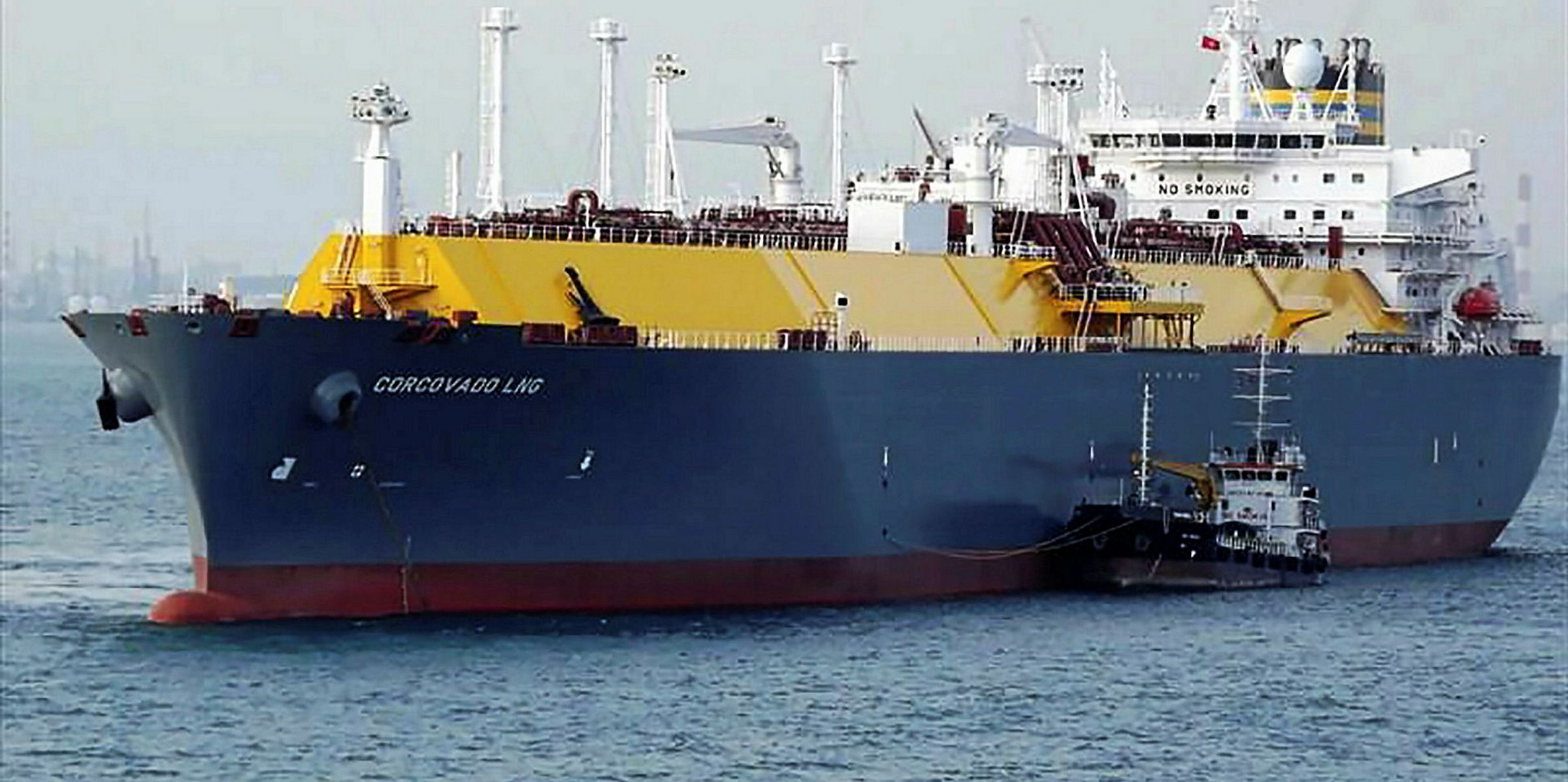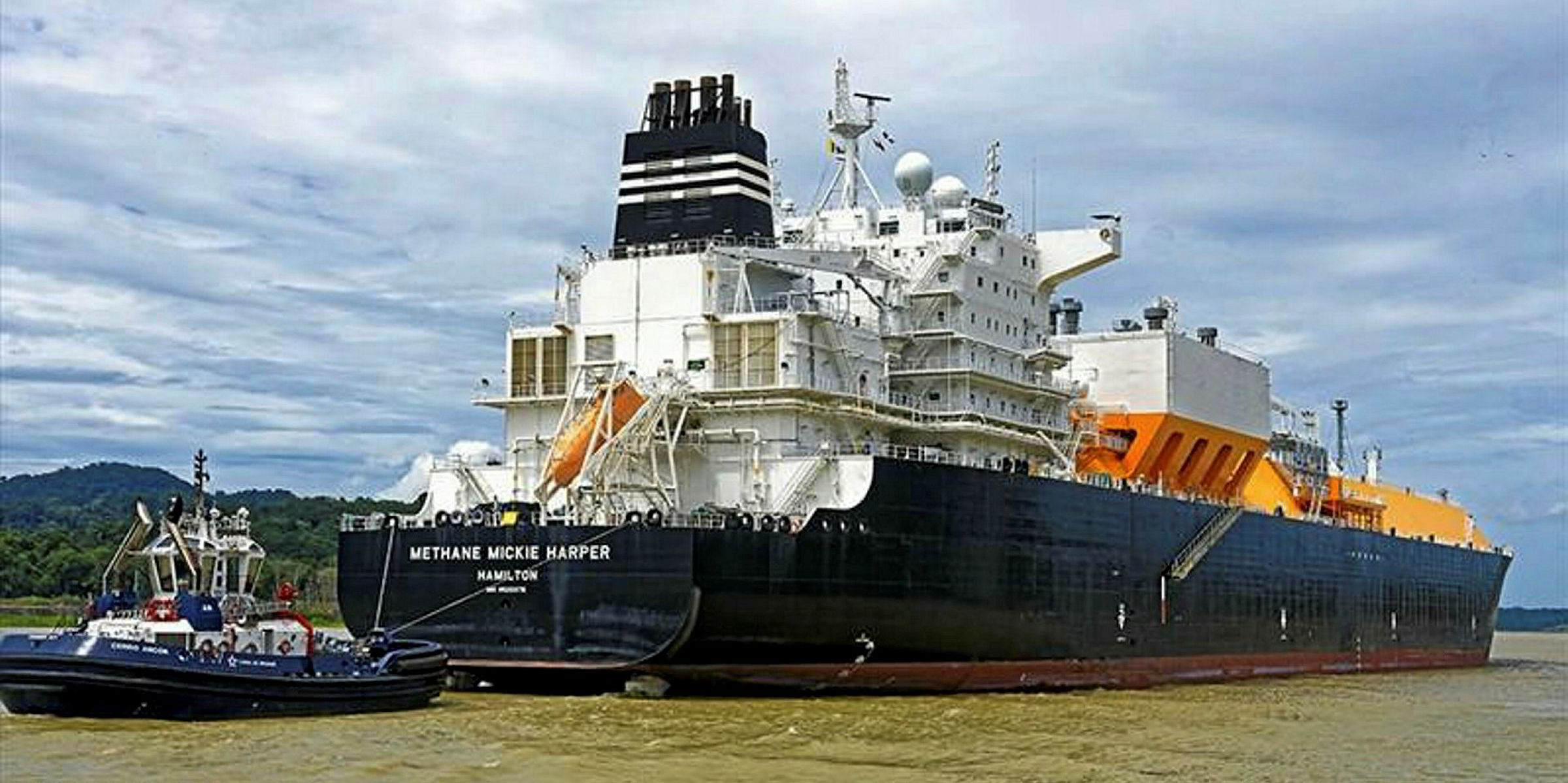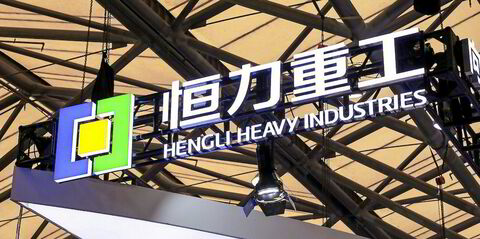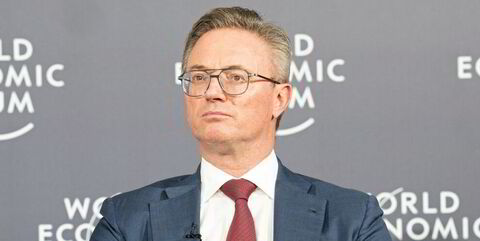Charterers need a mix of LNG carrier types and sizes as they try to optimise their portfolios in an increasingly commoditised market, according to Tellurian Trading UK executive vice president Tarek Souki.
Speaking at Capital Link’s online New York Maritime Forum Thursday, Souki said the LNG shipping market is going to have to adapt to the shorter-term supply contracts of around six years which are making up at least two-thirds of the deals signed this year.
He said this is simply part of the commoditisation phase for the LNG but it means charterers will have to optimise every aspect of what they are doing.
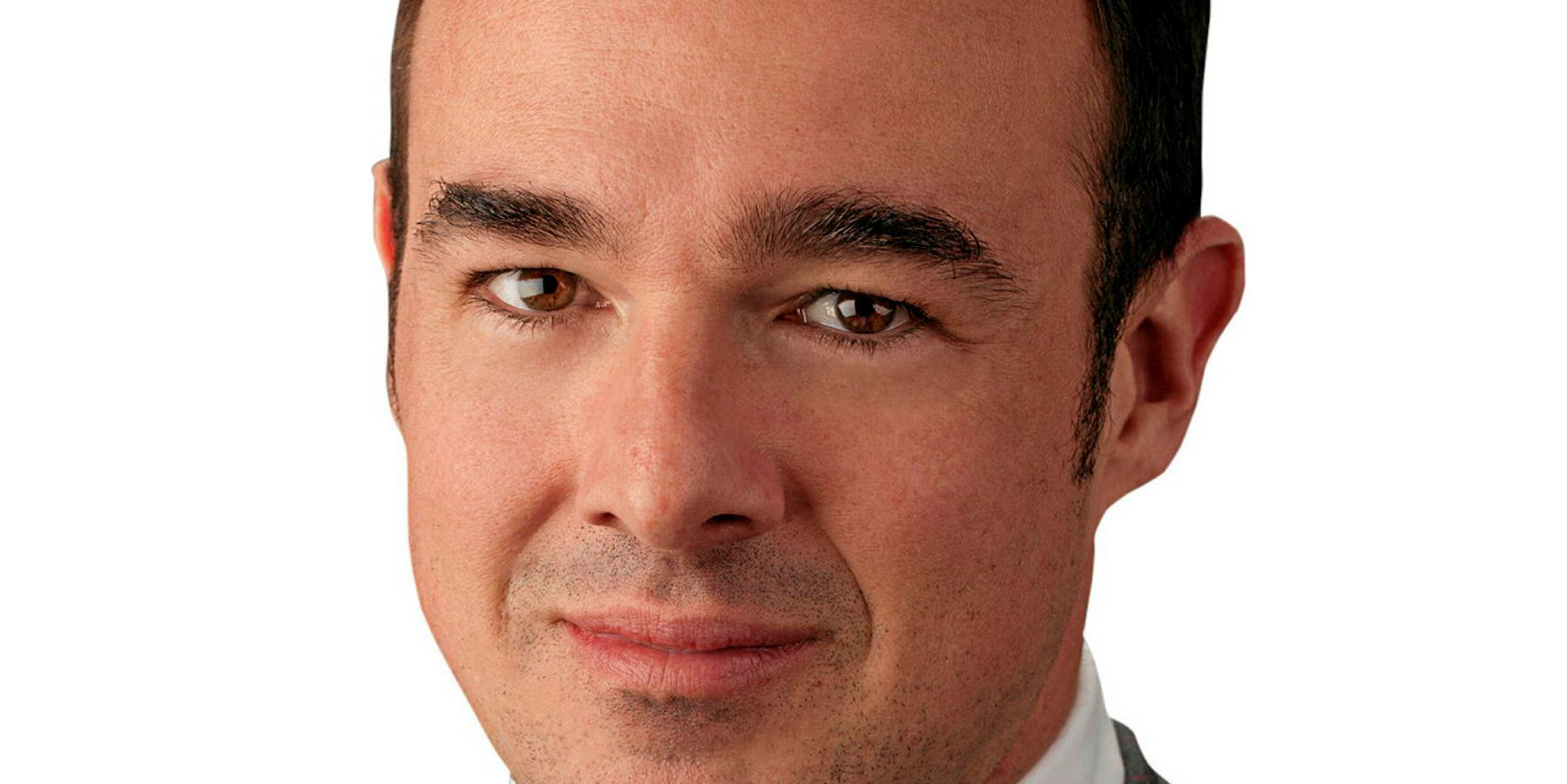
Souki said that in the market the industry has experienced this summer, that as a charterer it has been preferable to be looking at ships of smaller capacities.
“You did not want to have to fill up a ship and buy a bunch of volume that you are going to lose a bunch of money on, on the other side,” he said.
He said it is necessary to have a combination of bigger more efficient ships, along with smaller, more flexible potentially cheaper vessels for one-off voyages.
“I think having the right mix of portfolio is going to be very important for someone that is going to be trading a mix of long term and short term trades,” he said, adding that he would even look at a steamship if he could get the right price for a single trade for a short distance.
Thinking big
Dynagas LNG Partners chief executive Tony Lauritzen said vessel capacity is one of the most interesting aspects for the LNG fleet.
Lauritzen revealed that Dynagas upped the size of the 180,000-cbm LNG newbuildings which it contracted at Hyundai Heavy Industries in May 2019 to 200,000-cbm.
These will be the only two LNG carriers in the world fleet of this size. The only larger ships are Qatar’s 210,000-cbm Q-Flex and 265,000-cbm Q-Max vessels.
Both Dynagas newbuildings, which are due for delivery in 2022, are understood to be fixed to Cheniere on mid- to long-term charterers.
Lauritzen, who admitted that the upsizing had not been announced, told TradeWinds that Dynagas saw a need in the market for larger sized ships that would give the lowest cost of transport for long-haul trades while still retaining their terminal compatibility.
He said the decision also had an environmental focus, in that the vessels will be able to ship larger volumes at slower speeds with lower emissions.
Souki described Dynagas 200,000-cbm newbuildings as “quite sexy”.
Built to last
Asked about the role for tri-fuel diesel-electric (TFDE) fleet, TMS Cardiff Gas founder Christos Economou, whose company owns 11 modern 174,000-cbm, two-stroke vessels and manages four 160,000-cbm TFDE vessels, argued that there is still a role for the smaller vessels.
He pointed out that there are only around 80 of the 174,000-cbm, gas-injection vessels in a global fleet of over 600 LNG carriers.
Economou said the 160,000 cbms “have their own market”, adding that the company had just fixed one for four months at a rate of around $60,000 per day.
“They are not going to disappear,” he said. “These ships are built to last. They are just going to become a smaller part of the trade.”
Looking at the potential future focus on methane emissions by major charterers, Economou agreed with Teekay LNG Partners president and CEO Mark Kremin that there should be more reporting to the IMO on this.
Flex LNG chief executive Oystein Kalleklev, whose company took delivery of its tenth LNG newbuilding on Wednesday, said transparency will be important as the industry moves forward as will patience.
“LNG market and its growth is a long story, with a lot of growth ahead of us,” he said.



